|
Part 1 an introduction into the Minelab GPX 5000 for inland use
As many of you know I have been using the GPX for a reasonably short time, my aim is to get the best out of it and use it to the best of my ability, during this GPX series of reviews I will try to take you through my experiences and basic set up procedures.
Minelab GPX initial thoughts
The Minelab GPX 5000 was primarily designed to find tiny Gold Nuggets under very difficult soil conditions, most of which we will never experience here in the UK....however that is not to say we don't have bad soil, how many of us blame the detector for only achieving 4" maximum depth on a coin, more often than not it is the soil conditions dictating the depth, not the machine so bear this in mind....your sites may have bad mineralisation and you don't even realise, does your pin point probe sound off on the soil ? if so then it may be iron rich, forget your VLF it won't work well, also some people think mineralised soil is Black, this is not true some soils are Orange so keep this in mind when looking at your land.
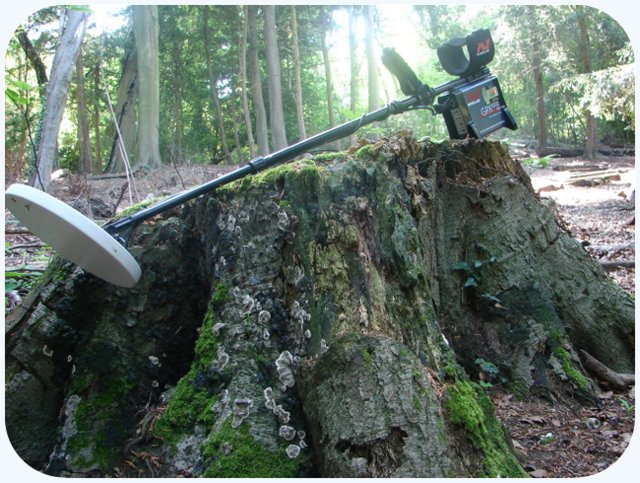
|
How deep is the Minelab GPX 5000 ?
As most seasoned detectorists know that is a difficult question to answer as there are to many variations to consider, coil size, targets size etc, so it's really not worth dragging out the depth discussion.
Comparing the depth of a pulse machine to a VLF machine can also be very difficult under normal soil conditions some say they are about the same, I have personally found some very deep targets with the GPX way beyond VLF range, make the same depth comparison under mineralised or iron rich soil conditions and the GPX is worlds apart, it detects through bad soil like it simply does not exist. The GPX performance is widely controlled by a feature called soil timings which can be set to different soil conditions, we will talk more about soil timings in my future pages.
During my tests I placed a small Gold Celtic 1/4 stator under a tub of mineralised soil only 2" deep, all my standard machines failed to detect it, the GPX 5000 found it with ease up to 6" deep. It is also worth noting the GPX will not detect coke and most hot rock which is a great advantage when hunting for small silver or gold coins here in the UK.
Let's not forget PI machines can not be beaten on wet sand ! |
What makes the GPX different to other Pulse machines ?
Most pulse machines offer no discrimination which is a no brainer for metal detecting in the UK, PI's are particularly sensitive to tiny fragments, can you imagine how many pin sized pieces of iron are in the ground, then add nails and other rubbish into the equation and you have a nightmare on your hands. The GPX has a limited discrimination range which is a massive advantage when searching inland, having a limited discrimination is better than none, especially with a machine as sensitive as the GPX. It's unique patented iron rejection can save you digging hundreds of unwanted targets every session so it really is a major advantage to those who spend the time learning this machine.
Based on my initial outings and natural progression with this machine I can honestly say the more you put into the GPX, the more you will get out of it.
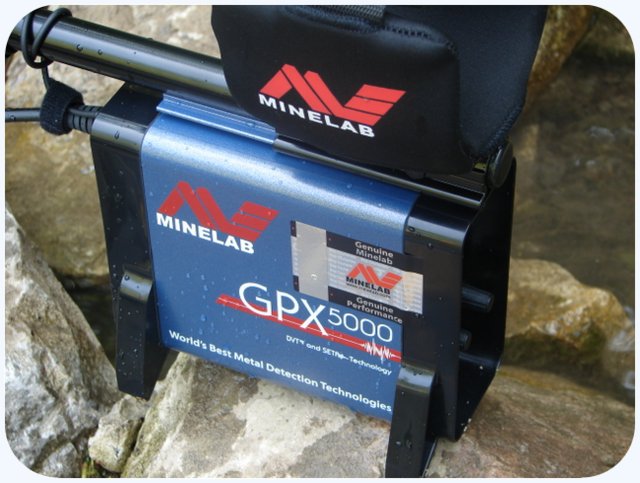
The GPX learning curve
You will have bad days with the GPX and if you think you will be able to confidently identify all iron targets you will be wrong, I try to work on an average of 60 non ferrous targets out of 100 diggable signals depending on site contamination.
The GPX learning curve is an on going journey, perhaps an average detectorist like me will never unlock the full potential !
I found this machine needed a different approach, the setting up is reasonably easy, it's was the changing of my detecting attitude that took the time, iron is no longer a curse it is simply another target.
Team work
Working with a partner as a team using an external speaker really helped, we could discuss signals and share the digging which literally halved the job, I was fortunate to have my good friend Richard along side me who came down from Scotland, Richard uses the GPX 4500 to great effect, I highly recommend this team work approach when using the GPX in the early stages. |
The GPX 5000 requires a lot of power, this is why a large harness mounted battery is supplied with the machine, once the harness is correctly adjusted you don't even know it is on, also supplied is a bungee link although I have never felt the need to use this as the GPX is very well balanced.
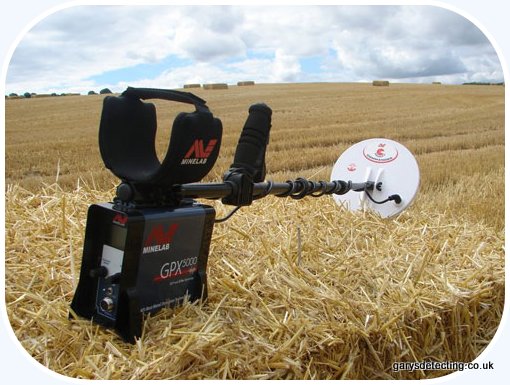
Is the GPX 5000 an every day machine ?
I would say a dedicated user who has learned the machine well could use this machine every day, especially if your soil is mineralised and you have poor performance with VLF machines, for me the GPX has a different role to play.
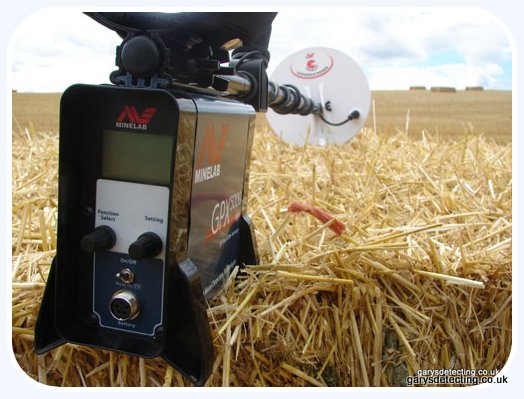
When would I use my GPX ?
My GPX 5000 is a tool rather than a hobby detector, if want for no better word it takes my detecting to another level, I treat it as a specific tool for the job in hand, I would not use it on a nail contaminated Roman site, nor would I use it for general searching such as club digs on a Sunday, I don't care if it spends a few months of the year gathering dust in a cupboard, because I know when it's called upon it will do the job in hand far better than any other machine I have in my armoury.
I use my GPX when I know there is a chance of finding something deep, quite often in area's known to have produced finds such as hoards or productive patches that have been worked with VLF machines, I always try to follow my own GPX rule in order to maximise my finds rate.
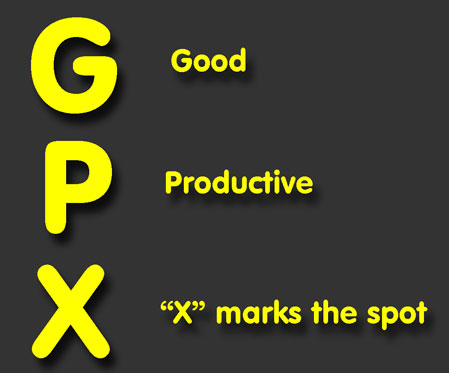
Why not take a look at my latest information page for new and advanced users.
Minelab GPX 5000 user guide part 2, here we talk about soil timings, stabilizer and the best set up for UK metal detecting with the GPX
Gary's Detecting Minelab GPX 5000 metal detector independent review is Copyright © |





